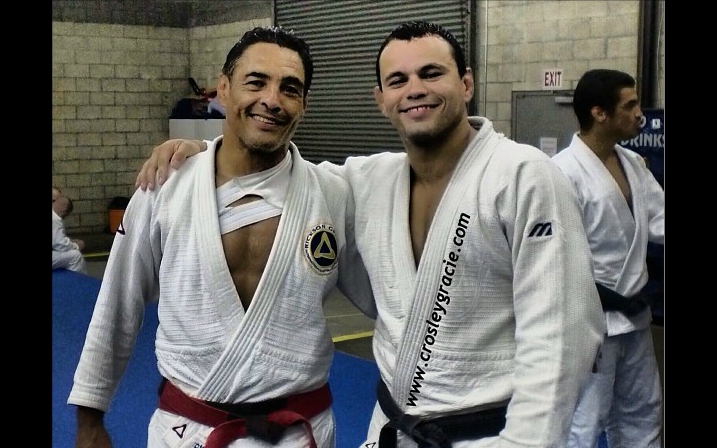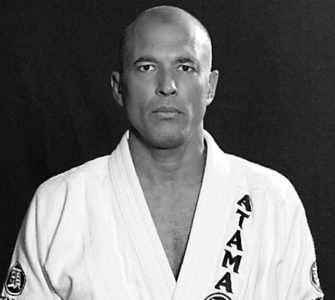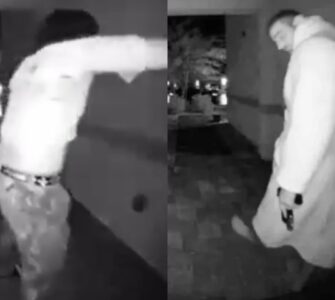In the realm of Jiu Jitsu, injuries pose a significant concern for practitioners, whether they are competitive athletes or simply enthusiasts. The prospect of being away from training for an extended period is undesirable for those who have a genuine passion for Jiu Jitsu.
Given the nature of Jiu Jitsu as a combat sport that constantly challenges the joints, injuries to joints like the elbow, shoulder, and knee are quite prevalent. However, it is crucial to not overlook or mask these injuries with the indiscriminate use of anti-inflammatory drugs. Instead, it is important to take the necessary steps to properly address and treat them.
We will discuss another common type of injury in Jiu Jitsu that can significantly impact the lives of practitioners: shoulder dislocations.
Shoulder dislocations are traumatic incidents that occur relatively frequently in Jiu Jitsu. While shoulder injuries are not as widespread as knee and elbow injuries, when they do happen, they can have a substantial impact.
There are different types of shoulder injuries, such as clavicle fractures and acromioclavicular dislocations, which typically occur during falls and scrapes. Another type is glenohumeral dislocation, which we will delve into further in this article.
Shoulder dislocations happen suddenly after a traumatic event, although it doesn’t always have to be a major trauma. The immediate result is intense pain and limited mobility.
During a physical examination, the athlete’s shoulder will exhibit an obvious deformity, often causing alarm among training partners. When faced with this situation, it is important to follow these three crucial recommendations:
1. Allow the injured individual space to breathe. Surrounding them, shouting, or shaking them will only worsen the situation. At the height of pain, the athlete requires as much peace and tranquility as possible.
2. Keep the injured person at rest with their arm close to their body and promptly transport them to an Emergency Hospital.
3. Untimely attempts to reduce the shoulder by unqualified individuals can worsen the condition, potentially leading to fractures in the area. Therefore, it is imperative to seek proper treatment in the emergency room, where imaging tests will be conducted to guide the course of action.
After the initial incident, if the injury only affects a few structures, immobilization with an American sling for three weeks followed by rehabilitation through physiotherapy may be sufficient. However, cases involving ongoing instability and repetitive dislocations will likely require surgical treatment.
Taking good care of your body is of utmost importance, as it enables us to engage in the activities we love most, such as training and competing in Jiu Jitsu.



















